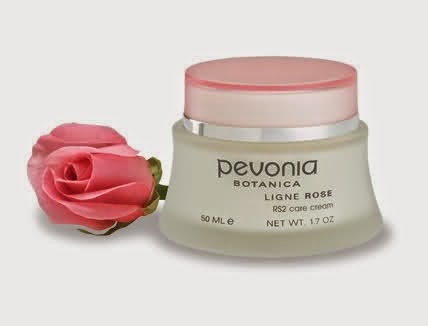The painful slender (or deep) cracks and fissures that
many of us get on our hands are often exacerbated come winter time because of
dryness, reduced atmospheric humidity, contraction of the skin due to cold, and
extremes of weather. If you have been
suffering from this type of condition, you are not alone – hand dermatitis may
affect as much as 10% of the population [Diepgen TL et al, Contact Derm 2007]. It is important to rule out an underlying
allergic cause (allergic contact dermatitis or latex allergy), as well as an
irritant cause (irritant contact dermatitis).
Yet, even in the absence of these types of conditions, many people still
suffer from cracked hands and fingers.
PREVENTION:
As Benjamin Franklin wisely said: “An ounce of prevention is
worth a pound of cure.” Success in
treating these painful and frustrating lesions requires a multi-step approach
and diligence both in treating the cracks but ongoing adherence to the regimen
to prevent new cracks and fissures.
1)
oral hydration:
while it is not known how much water a human should consume in a day
(the 8 glasses is un-validated scientifically), it is important to make sure
you increase your water consumption during periods when your hands or feet are
more cracked than usual as this can help in the healing process.
2)
humidity:
winter is a dry season in much of the country. Increasing the humidity in your home or work
place can help decrease the rate at which your skin loses moisture, effectively
allowing your skin to retain more water, support elasticity and keep it
supple.
3)
occlusive barrier protection: while no one likes feeling goopy and sticky,
the use of heavy barrier creams and ointments like Vaseline, Aquaphor, Cetaphil hand cream, CeraVe hand cream, etc are the best means for locking moisture into
the skin so that it is not lost, thereby resulting in drying of the skin. Re-application of these products is important
(albeit frustrating) and should be done at least 2-3 times per day, and every
time you plan to go outside into the cold without gloves on. As a side note – even Crisco (vegetable
shortening) is an effective barrier emollient.
4)
bathing/showering/hand washing: avoid extremes of water temperature. Take a lukewarm shower or bath and be sure to
pat dry instead of rubbing. Immediate
application of a barrier emollient will lock in the moisture. If your job or habits result in frequent hand
washing, use of a gentle soap like Dove, avoidance of anti-bacterial soaps, and
repeated application of emollients is helpful.
Wearing gloves for dishwashing can also help minimize water lost from the skin.
5)
nighttime hand coverings: application of a thick barrier emollient
(like Vaseline or aquaphor) and then wearing a pair of cotton gloves overnight
offers an additional protection for the skin.
Rubber gloves cause the hands to get warm and because they do not
‘breathe’ this ultimately results in loss of of water from the tissues and
dehydration.
TREATMENT (in ADDITION to PREVENTION):
Sometimes you might try your best and still develop a
painful fissure or crack in the palms or fingers. Seeking advice from your dermatologist may be
necessary as there are a number of prescription creams and ointments that can
help kick-start the healing process and reduce local inflammation that may be
preventing those wounds from closing.
1)
Topical steroid creams: these should be used at the direction of your
prescribing doctor (dermatologist or primary care provider). When dermatitis or fissuring is severe it may
require temporary or in some instances prolonged use of these treatments. The side effect profiles are generally good
but be sure to understand the specifics of how frequently and how long to use
the prescribed regimen.
2)
Wound closure:
there are some very expensive products like Dermabond (or equivalent)
available on the market (
http://www.enablemart.com/johnson-and-johnson-dermabond-single-use-vial?gclid=CImQrZbR37sCFQbl7AodD1oA7g),
however, it is not really necessary to spend $20-$50 for a single use vial, nor
is it practical when you have numerous cracks on the fingers/hands.
When used carefully, any clear superglue that
can be found at a supermarket, drug store, or hardware store is very effective
in sealing cracks and allowing healing to occur from the bottom-up.
It can be reapplied when it starts to wear
off in a few days.
Failure to improve, signs of worsening (like redness, pain, or swelling), or any other concerns you have should prompt
evaluation by your dermatologist.




















